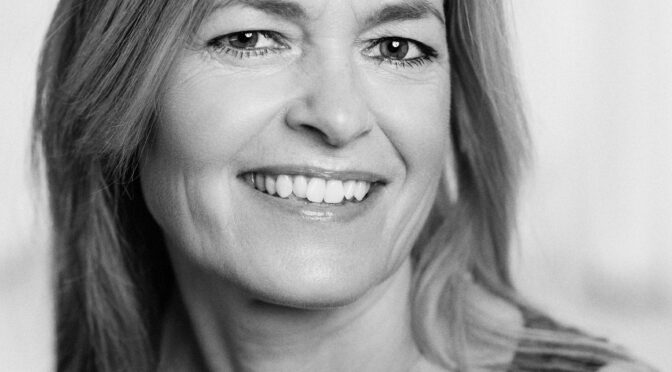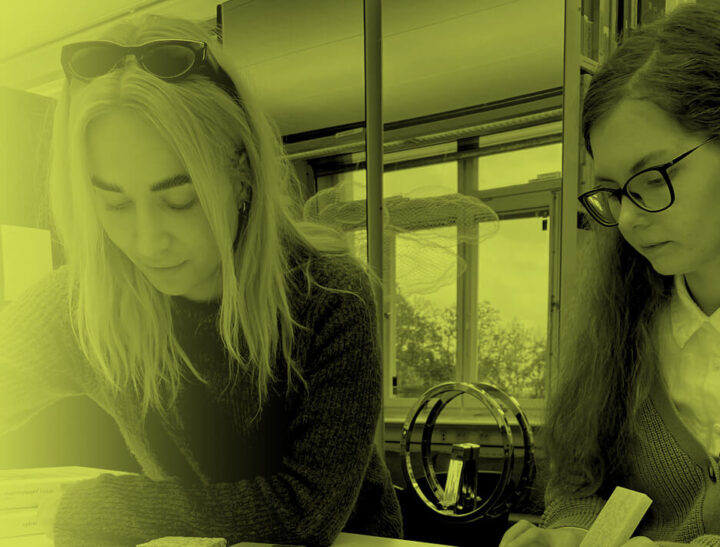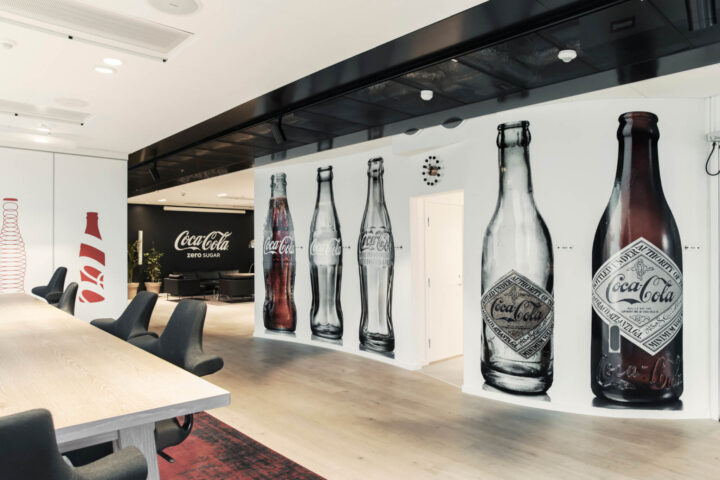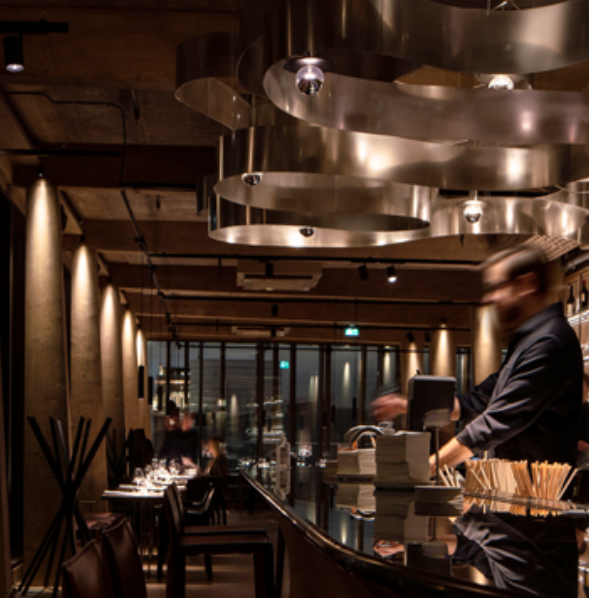Lighting particularly important when working with new conditions
Conversations are ongoing: What happens to the office when the pandemic is over?
- Project contact: Beata Denton
The pandemic has forced the majority of offices to close down and we have had a year where a lot of work has been done from home.
Some love it - others don't. The new situation will have a profound impact on our view of the office. When the vaccine kicks in - what happens to the office?
At Reform, this issue has been on the agenda from day one, when restrictions forced many workplaces to close down. We have been actively working on this issue since the outbreak of the pandemic - from how we corona-adapt an office, to how we create a remote working environment and what role the office will play in the future.
This topic will be explored by some of Reform's contributors. First up is Beata Denton, lighting designer at Reform.
Lighting particularly important when working with new conditions

As the vaccine achieves the desired effect, we look to the future with confidence. After a year of working at home, we see the light in the tunnel - soon we can go back to the office!
But, do we really want to commute in every day to the office? After all, it's quite nice to work undisturbed and under freer conditions than the office offers? What can attract employees back to the office? What is the magnet that makes us choose the office over our favourite armchair and soft clothes?
According to Beata Denton, lighting will play a big role in our well-being and health.
- We create a good working environment by focusing on the user. The experience of quality and well-being will become more important, and one of the factors that makes people want to go back to the office. Light plays an important role in making the office a quality place to work," says Beata Denton.
To create an effective and pleasant working environment, it is important to design lighting that is dynamic, controllable and suited to the tasks at hand. Here it is important to question the standard, bland lighting and instead put the right light in the right place at the right time. This also saves energy and we must always bear this in mind.
- It's not about a few designer luminaires, it's about a holistic approach. Creating an environment with the right light levels and variation, a warmth and intensity adapted to the space, the culture and the tasks. Lighting design is about creating the best conditions for a functioning office," says Beata Denton.
- Light is an experience, it is not a LUX number and it is not just a cost. We need to be able to balance quality and well-being against this investment in order to move forward in the evolution and how we light our offices. With light, we can elevate the office to become this 'magnet' that we talk about - that makes people want to come there," concludes Beata Denton.
Lighting particularly important when working with new conditions
Beata's five tips for a better working lighting environment:
- Ensure that you can influence the light for individual adaptation
- Don't blindly stare at the uniformity requirement - vary light levels and luminaire placement by function and for ambience
- Have lower LUX levels as default in meeting rooms - make sure you can dim up if needed
- Light is an experience - take advantage of all its possibilities
- For the climate - The right light in the right place at the right time. No LUX mats. Use smart control. How to save energy
See also the interview with Jenny Öberg:
We lack companionship but companies also need to create magnets




